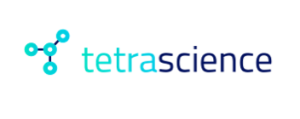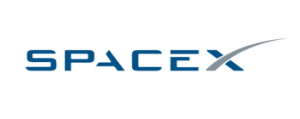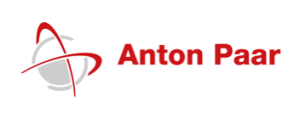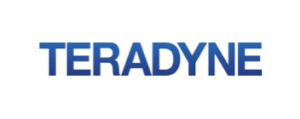Modular vs Non-Modular Solutions: How to transform recalibration into a competitive advantage
Now that we’ve established the fundamental difference between calibration and recalibration, let’s explore how the architecture of your sensor solution can make this recurring constraint either a logistical nightmare… or a competitive advantage.

Non-Modular Solutions: The spiral of hidden costs
The rigid integration trap
When the sensor is permanently integrated into the product (hardwired), each recalibration becomes a heavy operation that impacts the entire host product. The end user then faces two options, both problematic:
Option 1: Laboratory shipment
- Shipping costs for the complete product
- Custom recalibration adapted to the host product
- Extended downtime: 3 weeks to 3 months
- Total cost: Astronomical
Option 2: On-site service
- High and recurring cost for each intervention
- Complex logistical planning
- Reduced but difficult-to-organize downtime
- Total dependence on the integrator or its partners
Global impact of non-modular solutions
- Downtime: 3 weeks to 3 months
- Recalibration costs: Astronomical
- Location flexibility: Very limited
- Planning: Complex
- Cost control: None
Modular Solutions: The revolution of simplicity
The modular principle
This is where modular design becomes a powerful strategic lever. A sensor solution designed to be easily removed and replaced reduces the recalibration effort to a simple targeted intervention, without disrupting the host product.
Immediate benefits
- Less friction for the customer
- Substantial savings for the integrator
- Better user experience
- Clear competitive differentiation

Not all modular solutions are equal
Standard modular solutions
- Proprietary software under manufacturer control
- Recalibration limited to certain laboratories only
- Vendor lock-in: dependence on the manufacturer
- Reduced flexibility, higher long-term costs
Impact:
- Downtime: A few days
- Costs: Moderate
- Flexibility: Limited
- Planning: Moderate
- Cost control: Partial
Universal modular solutions
Let’s take the example of solutions like those from Dracal Technologies:
- Standard USB connection: universal compatibility
- Free and accessible software: no proprietary license
- Recalibration possible at any accredited laboratory
- Maximum flexibility and total cost control
- Complete end-user autonomy
Impact:
- Downtime: Minimal
- Costs: Reduced
- Flexibility: Maximum
- Planning: Simple
- Cost control: Total
Solution comparison table
|
Criterion |
Non-Modular |
Standard Modular |
Universal Modular |
|
Downtime |
🔴 3 weeks to 3 months |
🟡 A few days |
🟢 Minimal |
|
Recalibration costs |
🔴 Astronomical |
🟡 Moderate |
🟢 Reduced |
|
Location flexibility |
🔴 Very limited |
🟡 Limited |
🟢 Maximum |
|
Planning |
🔴 Complex |
🟡 Moderate |
🟢 Simple |
|
Cost control |
🔴 None |
🟡 Partial |
🟢 Total |
|
User autonomy |
🔴 None |
🟡 Partial |
🟢 Complete |
🔴 Critical/High • 🟡 Moderate/Acceptable • 🟢 Optimal/Low
Conclusion
Universal modular solutions transform a recurring constraint into a competitive advantage. They offer your customers the autonomy, flexibility, and cost control they seek, while reducing your technical support burden.
In our final article, we will synthesize these concepts to establish a sensor selection guide that secures your investment from the design phase.
Not sure if your project will benefit from Dracal’s solution?
Contact us, tell us about your project, and we’ll quickly determine if there’s a fit.
"*" indicates required fields
PRODUCTS YOU CAN TRUST
Approved by engineers, scientists and researchers around the world.
Thousands of companies trust our products worldwide:











